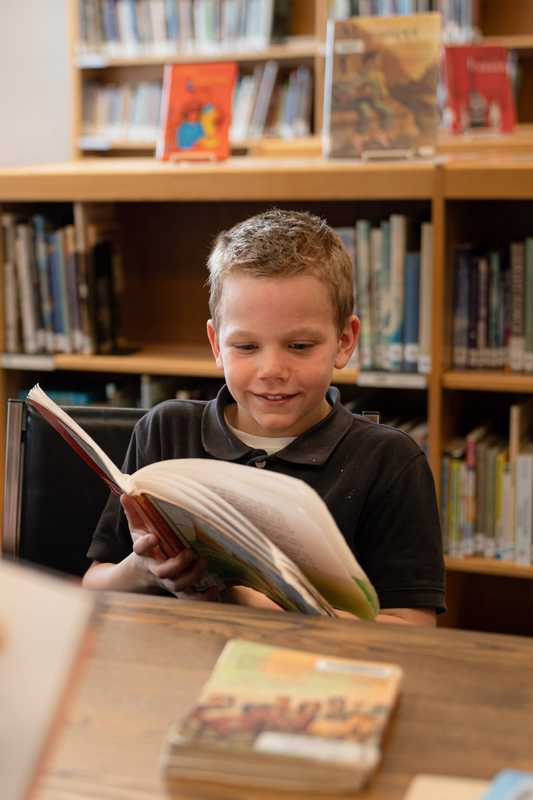Two Simple Ways to Incorporate Poetry in the Classroom
★★★★★

Poetry is a wonderful addition to any classroom. Children are naturally drawn to rhyme and rhythm, and poetry has an inherent sticking power. It fosters enjoyment of language, it builds vocabulary, and it can help children to find a voice for thoughts and feelings that they are otherwise unable to express. For these reasons, I have worked to incorporate more poetry in my classroom, and here are two of the easiest ways I have done it.
- Have a poetry reading time every day. I typically do this after our morning break time, since it’s a nice way to transition back into class. Sometimes I call it our “mini story time.” I have several books of poetry especially for children, and I simply read a poem aloud from one of them. Sometimes I read several, depending on the length and on how much time I want to take that day. I might make several comments to introduce the poem, but not always because good poetry speaks for itself. I can put as much or as little planning and forethought into this as I want. I like to include seasonal poetry or poems that have to do with something else we are learning that day. For instance, I read Longfellow’s “Paul Revere’s Ride” when we learn about Paul Revere in history class. But often I choose the poem on the spot or just keep a bookmark in the poetry book and read whatever comes next. So even if you have a tight schedule and feel like it’s impossible to fit in one more thing, you may be able to squeeze in a bit of poetry reading. It can take less than a minute out of the school day, and all it requires from you is a bit of planning to have some books of poetry readily available.
- Plan ahead for poetry memorization. Before school begins, I choose a set of poems to memorize with my students that year. I aim for one poem per month, though we spend less time on short poems and more than a month on some longer ones. I provide copies for the students, and we recite the poem together every day, usually at the beginning of language class. Like the poetry reading, this takes very little time out of class and demands no planning or preparation on my part after the routine is established. With the daily repetition, most students are able to recite the poem by memory within a few weeks. Following is a list of some of the poems I have memorized with my third graders:
“My Dog” by Marchette Chute
“A Vagabond Song” by Bliss Carman
“A Tale of Two Conquerors” by Charles Ross Weede
“God Is Like This” by Rowena Bennet
“Look at the Snow” by Mary Carolyn Davies
“The Eagle” by Lord Alfred Tennyson
“Somehow, Not Only for Christmas” by John Greenleaf Whittier
“The Chickens” (anonymous author)
“The Year’s at the Spring” by Robert Browning
“The Swing” by Robert Louis Stevenson
“The Blind Men and the Elephant” by John Godfrey Saxe
I have found memorizing poetry with my students to be delightful and rewarding, and most times the students love it.
How will you include poetry in your classroom this coming school year? It only takes a bit of forethought and a few minutes out of each school day to gift your students with poetry that may stick with them for life.
Related Items
Rachelle Reimer
3 years ago
What are some poetry books/anthologies you would recommend?
Rosalie Beiler
3 years ago
My go-to anthology is “Favorite Poems, Old and New,” compiled by Helen Ferris. I also sometimes read from A.A. Milne’s “When We Were Very Young” and Robert Louis Stevenson’s “A Child’s Garden of Verses.”